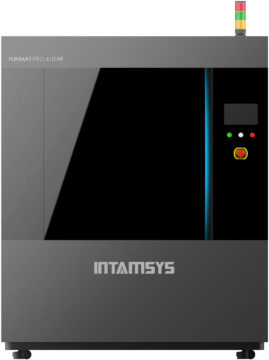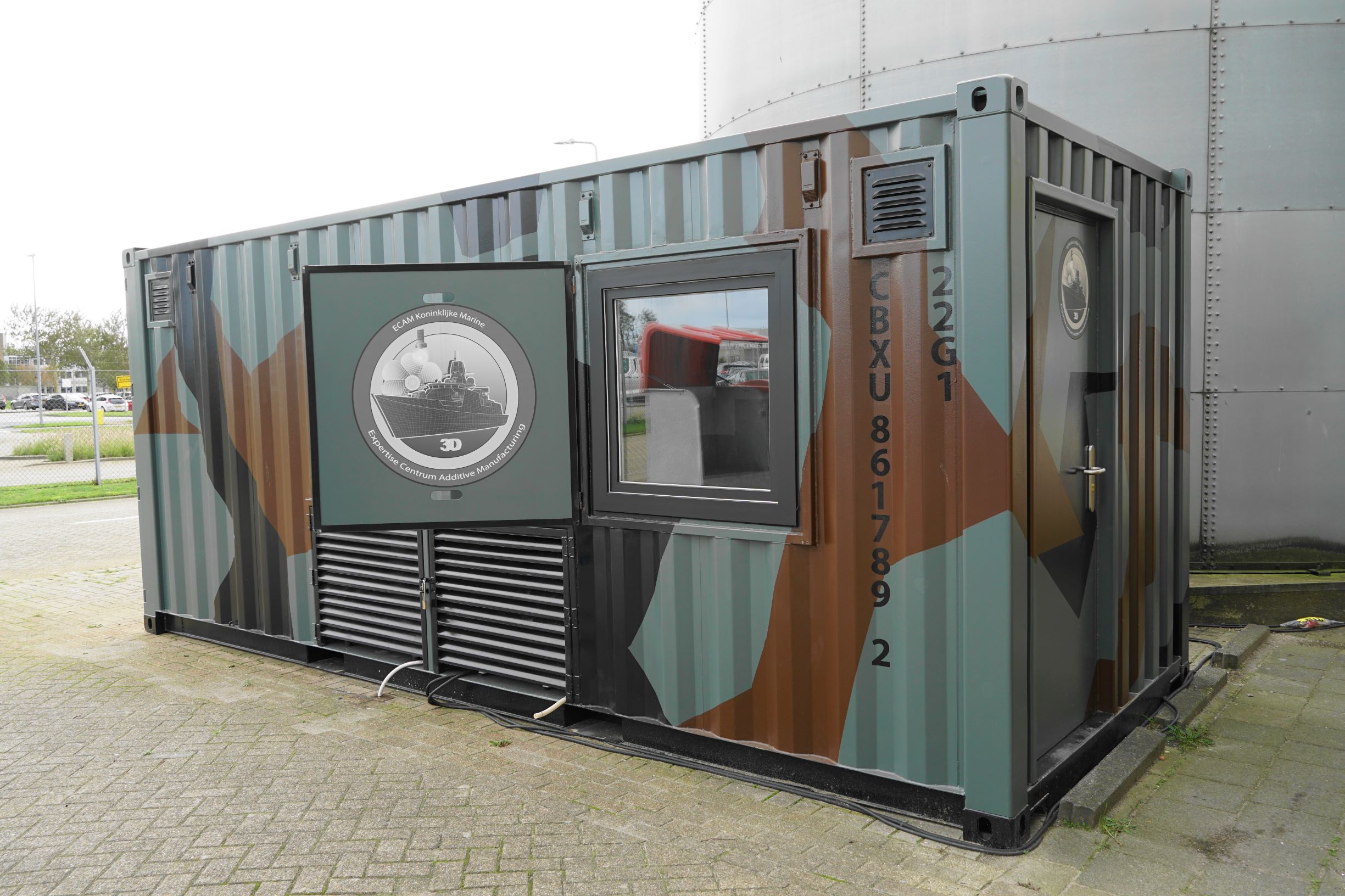The pro desktop space has been growing as new fused filament fabrication (FFF) 3D printers emerge with capabilities similar to Stratasys machines at a lower cost. Among the players in this segment is INTAMSYS, which has just closed a new round of financing led by Sequoia Capital China, with Brizan Investments as a co-investor. They join the firm’s existing investor, Professor Ping Keung Ko, who participated in the firm’s first formal investment round.
Professor Ping Keung Ko, a notable semiconductor scientist, said of his decision to invest in the firm:
“Since we first invested in INTAMSYS four years ago, we have seen the rapid growth of the company, start with the early technological innovation that enabled the company to tap into new markets and industries, such as the aerospace and the shoemaking industries, the tooling and fixture applications, etc. We strongly believe in the potential of the team; we will continue to support the company’s development and ambition in future.”
After entering the industry with a high-temperature FFF 3D printer in 2016, INTAMSYS has been rapidly expanding its product line to introduce similar products at a lower price point than previously possible. This has meant the release of the FUNMAT HT Enhanced, FUNMAT PRO 410 and FUNMAT PRO 610 for high-temperature materials, as well as the INTAMSYS FLEX 510 for flexible materials.
 The FUNMAT PRO 610 HT 3D printer. Image courtesy of INTAMSYS.
The FUNMAT PRO 610 HT 3D printer. Image courtesy of INTAMSYS.The FUNMAT PRO 610, launched last year, is capable of maintaining a constant chamber temperature of up to 300℃ within a robust build envelope of 610x508x508mm, meaning that it can produce large parts out of specialty materials such as ULTEM, PEEK, PPSU, previously only available with Stratasys machines only half-a-decade ago. Additionally, INTAMSYS has launched a 3D printing service and has secured such high-profile clients as the Dutch Navy, which is using the FUNMAT PRO 410 for the production of on-demand spare parts.
 The Dutch Navy’s AM Container, which includes an INTAMSYS FUNMAT PRO 410 HT 3D printer. Image courtesy of INTAMSYS.
The Dutch Navy’s AM Container, which includes an INTAMSYS FUNMAT PRO 410 HT 3D printer. Image courtesy of INTAMSYS.Alongside INTAMSYS, there have been a number of companies attempting to do the same, including 3DGence, 3ntr, AON3D, Roboze, miniFactory, and Essentium. The latest funding round will give INTAMSYS a significant boost in the space, as the company plans to use the financing to push product development, expand its European and American business teams, and reach into further verticals.
INTAMSYS CEO, Charles Han, said of the investment: “INTAMSYS’s vision is dedicated to developing 3D printing from functional prototype manufacturing to low volume production runs. The new funding will help us to keep moving towards this goal. It will accelerate the development of more innovative products and provide more vertical industries application solutions, and promote the penetration of additive manufacturing technology to more manufacturing industries. At the same time, we will also increase the investment in the European and American local markets to better serve the local customers.”
Just as the country grows in a variety of high-tech industries, China has rapidly been expanding its 3D printing sector, with Farsoon, for instance, leading in the laser sintering space.
Ian Qian, Vice President of Sequoia Capital China, spoke to this development: “China has been a powerhouse in global manufacturing, 3D printing plays an important role in this plan, this provides local companies with tremendous development opportunities.”
However, part of INTAMSYS’s strategy at this time is to direct its efforts toward overseas markets. It is now pushing its technical service centers in Germany and the U.S. This should drive significant competition in the professional desktop space as an increased number of entrants vie for market share.
According to SmarTech Analysis’s “Polymer Additive Manufacturing Markets and Applications: 2020-2029” report, the polymer 3D printing segment was expected to generate as much as $11.7 billion in 2020. That number has surely been updated since the start of the COVID-19 pandemic, but SmarTech believes that the industry has already started to right itself and will grow quite quickly due to the exhibited demand for additive technology to get around supply chain bottlenecks in 2020.
Subscribe to Our Email Newsletter
Stay up-to-date on all the latest news from the 3D printing industry and receive information and offers from third party vendors.
You May Also Like
Profiling a Construction 3D Printing Pioneer: US Army Corps of Engineers’ Megan Kreiger
The world of construction 3D printing is still so new that the true experts can probably be counted on two hands. Among them is Megan Kreiger, Portfolio Manager of Additive...
US Army Corps of Engineers Taps Lincoln Electric & Eaton for Largest 3D Printed US Civil Works Part
The Soo Locks sit on the US-Canadian border, enabling maritime travel between Lake Superior and Lake Huron, from which ships can reach the rest of the Great Lakes. Crafts carrying...
Construction 3D Printing CEO Reflects on Being Female in Construction
Natalie Wadley, CEO of ChangeMaker3D, could hear the words of her daughter sitting next to her resounding in her head. “Mum, MUM, you’ve won!” Wadley had just won the prestigious...
1Print to Commercialize 3D Printed Coastal Resilience Solutions
1Print, a company that specializes in deploying additive construction (AC) for infrastructure projects, has entered an agreement with the University of Miami (UM) to accelerate commercialization of the SEAHIVE shoreline...






























